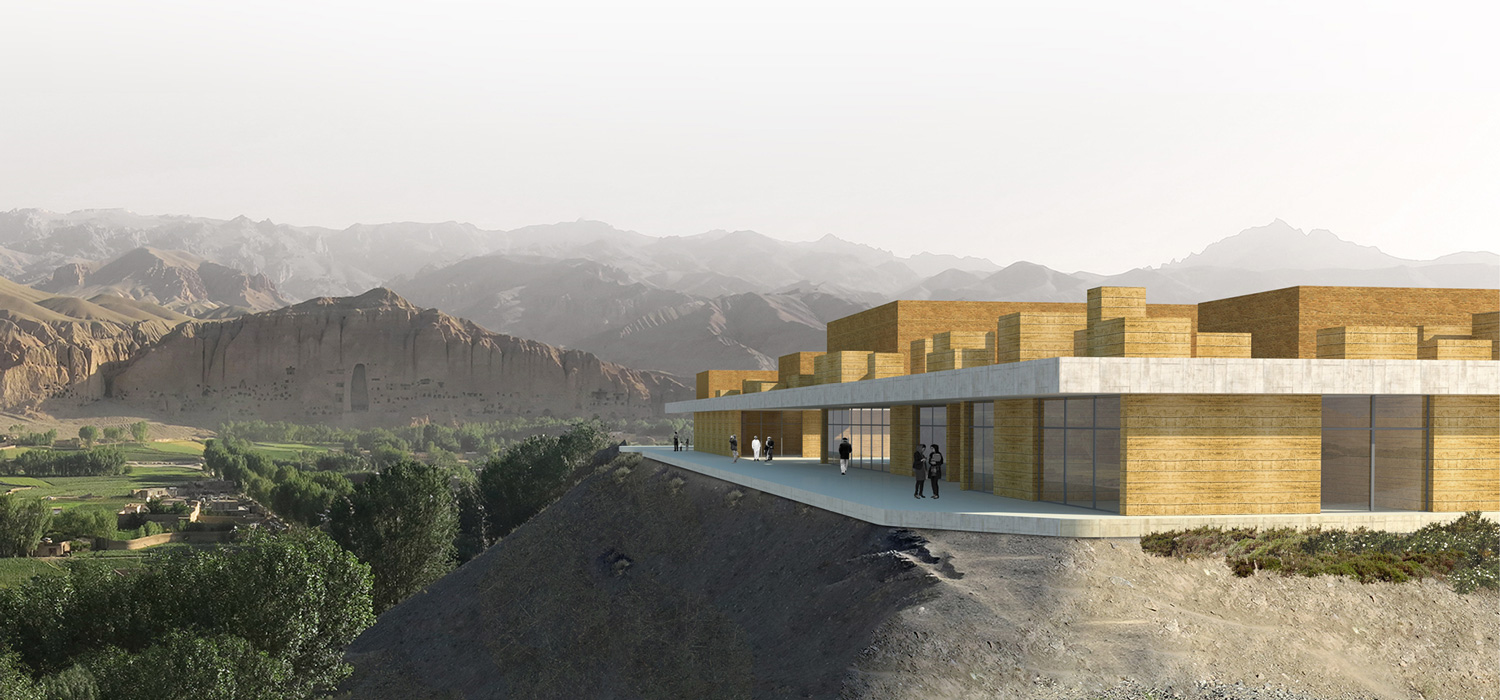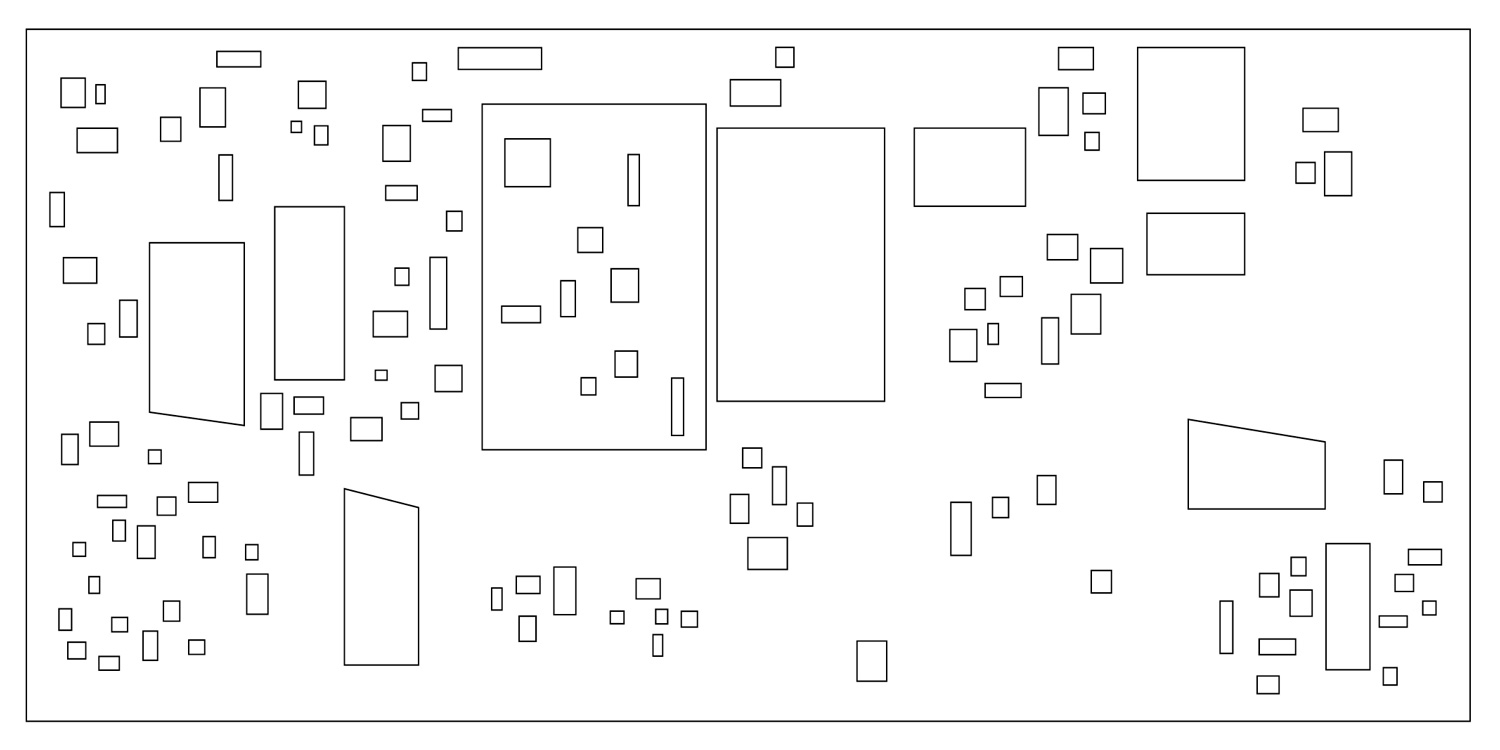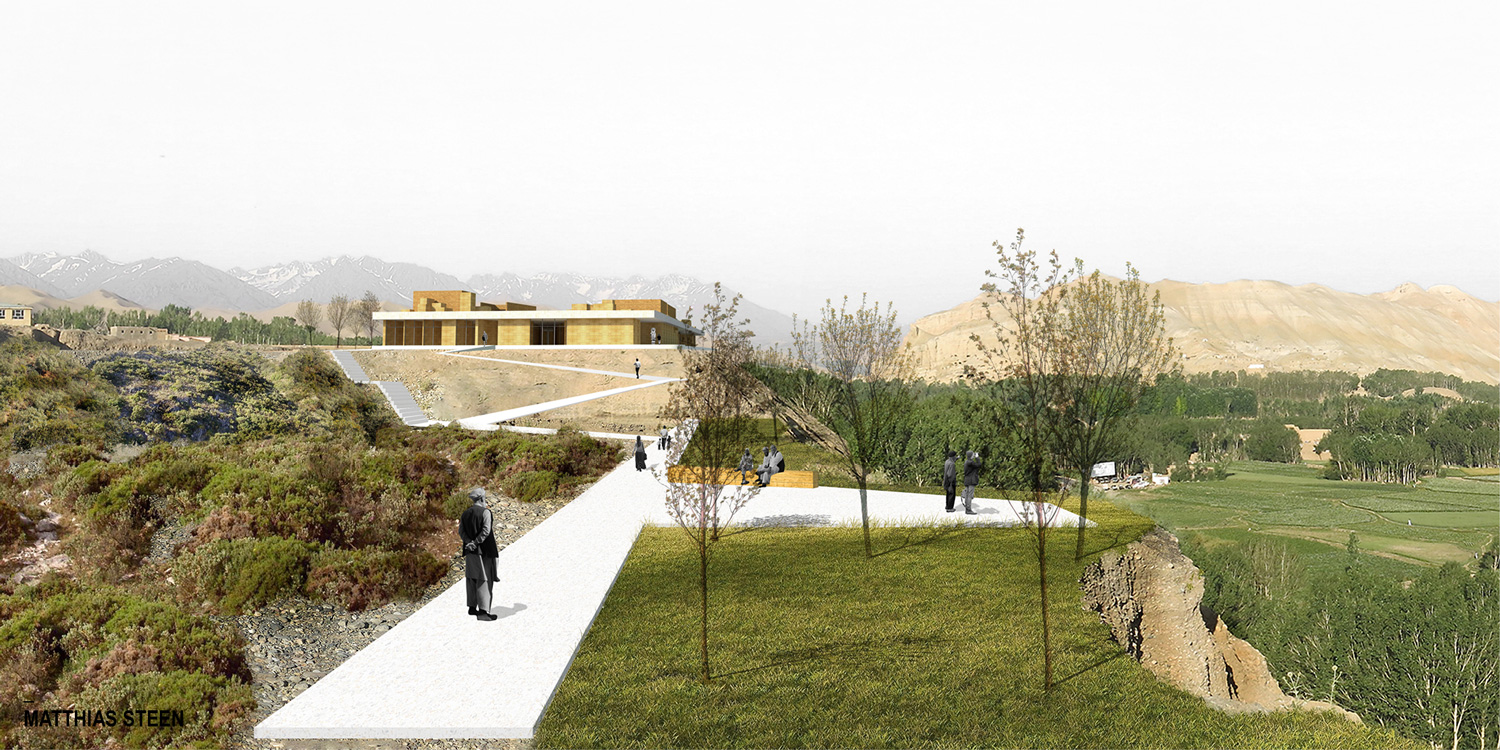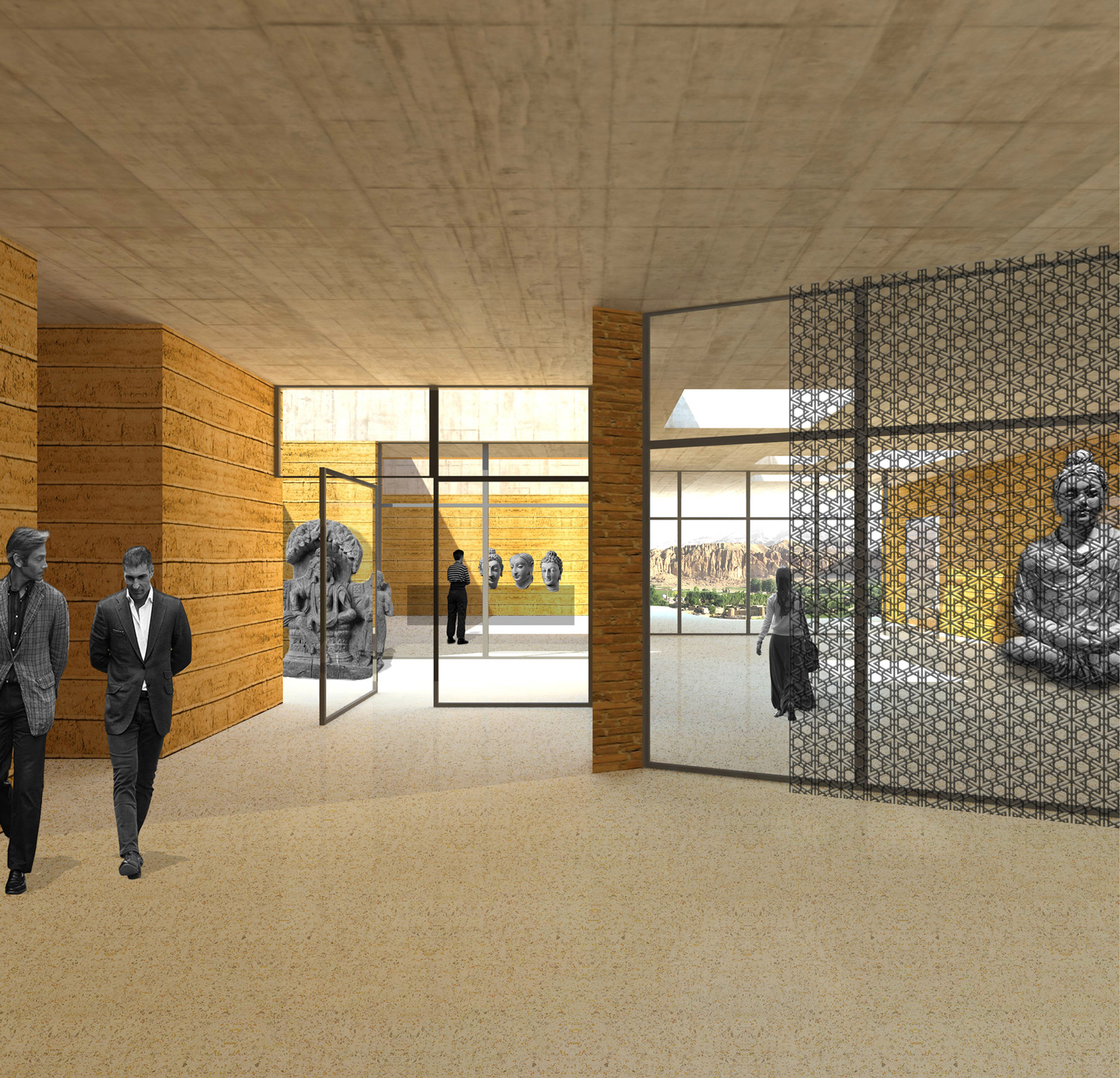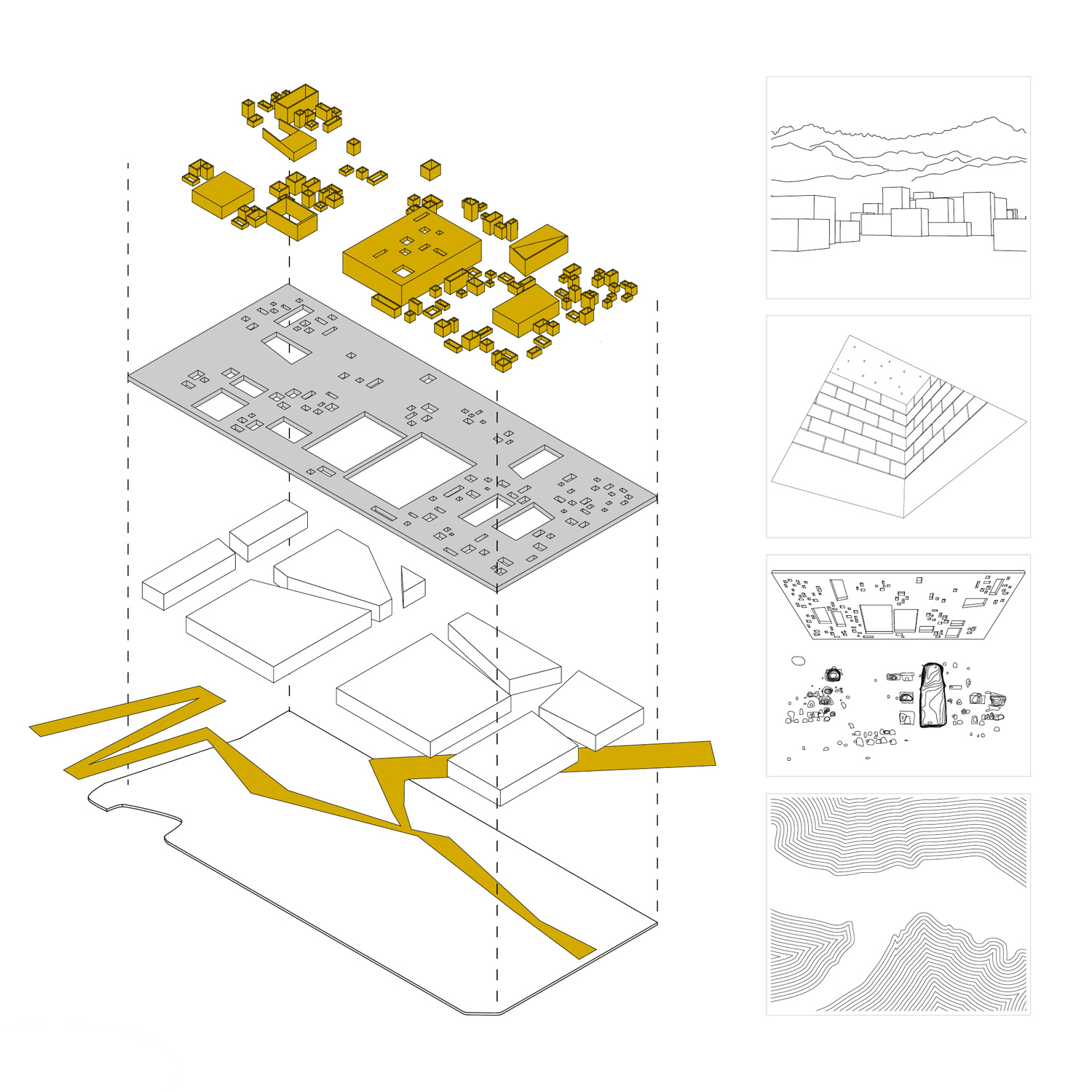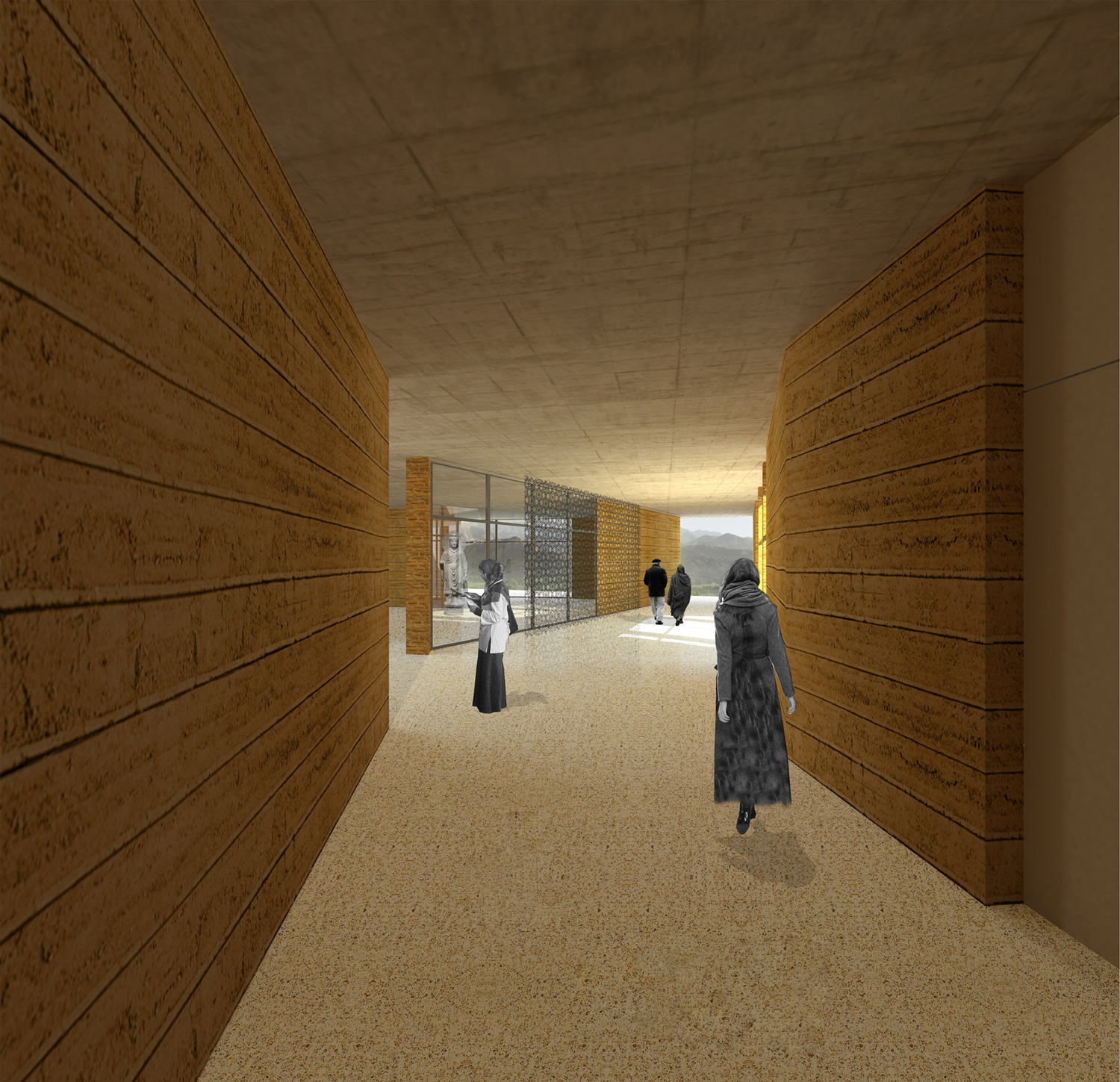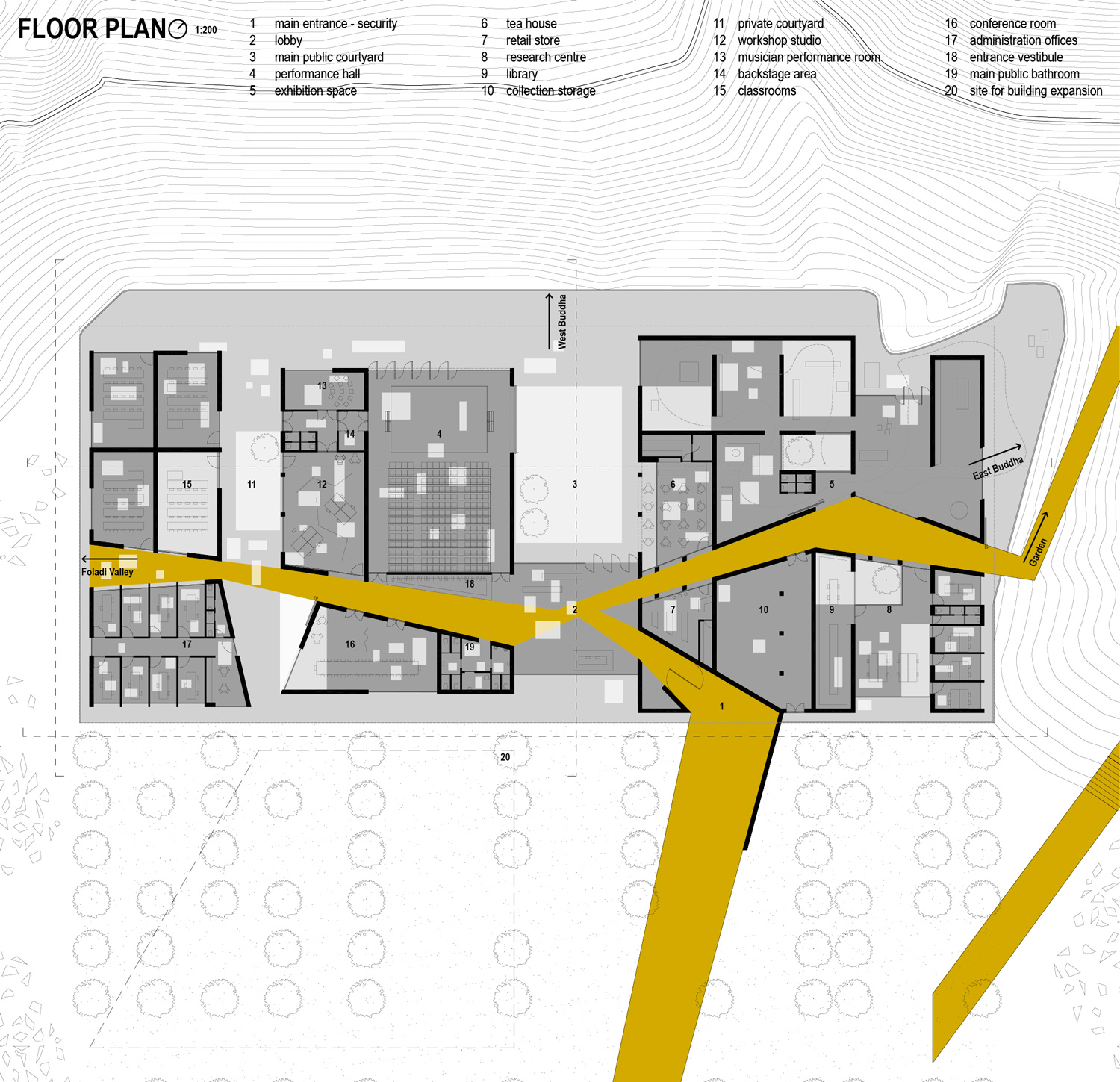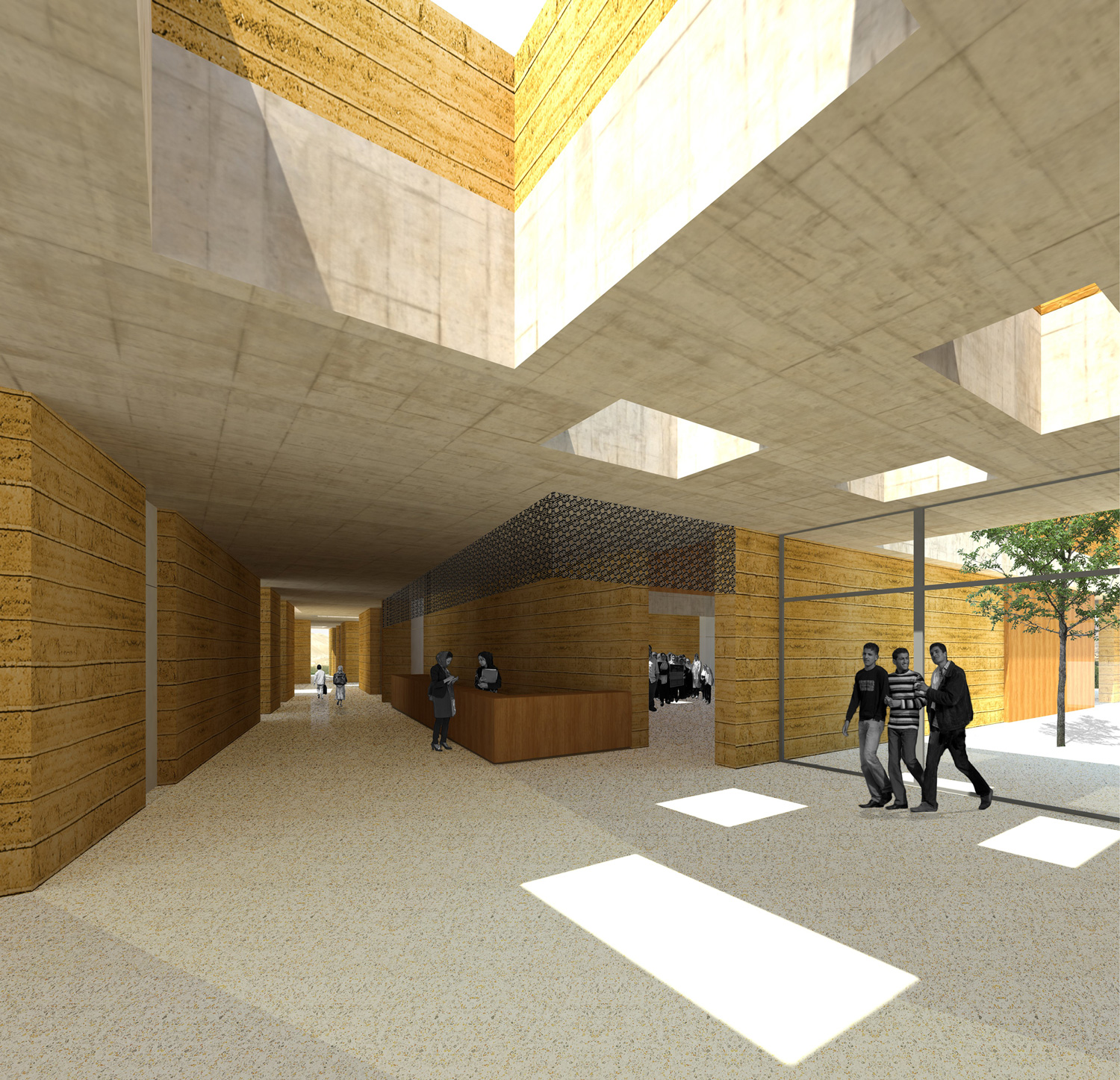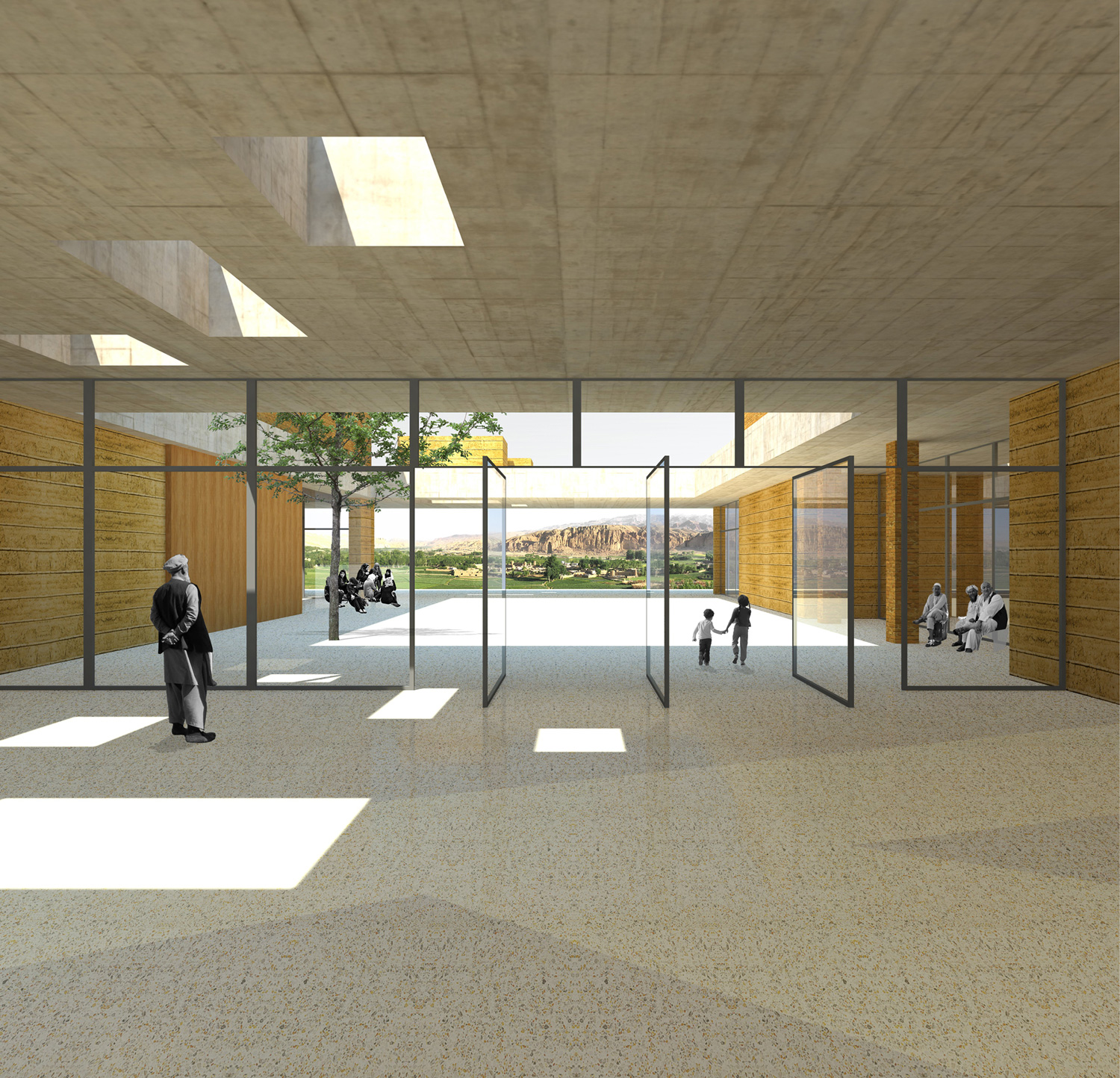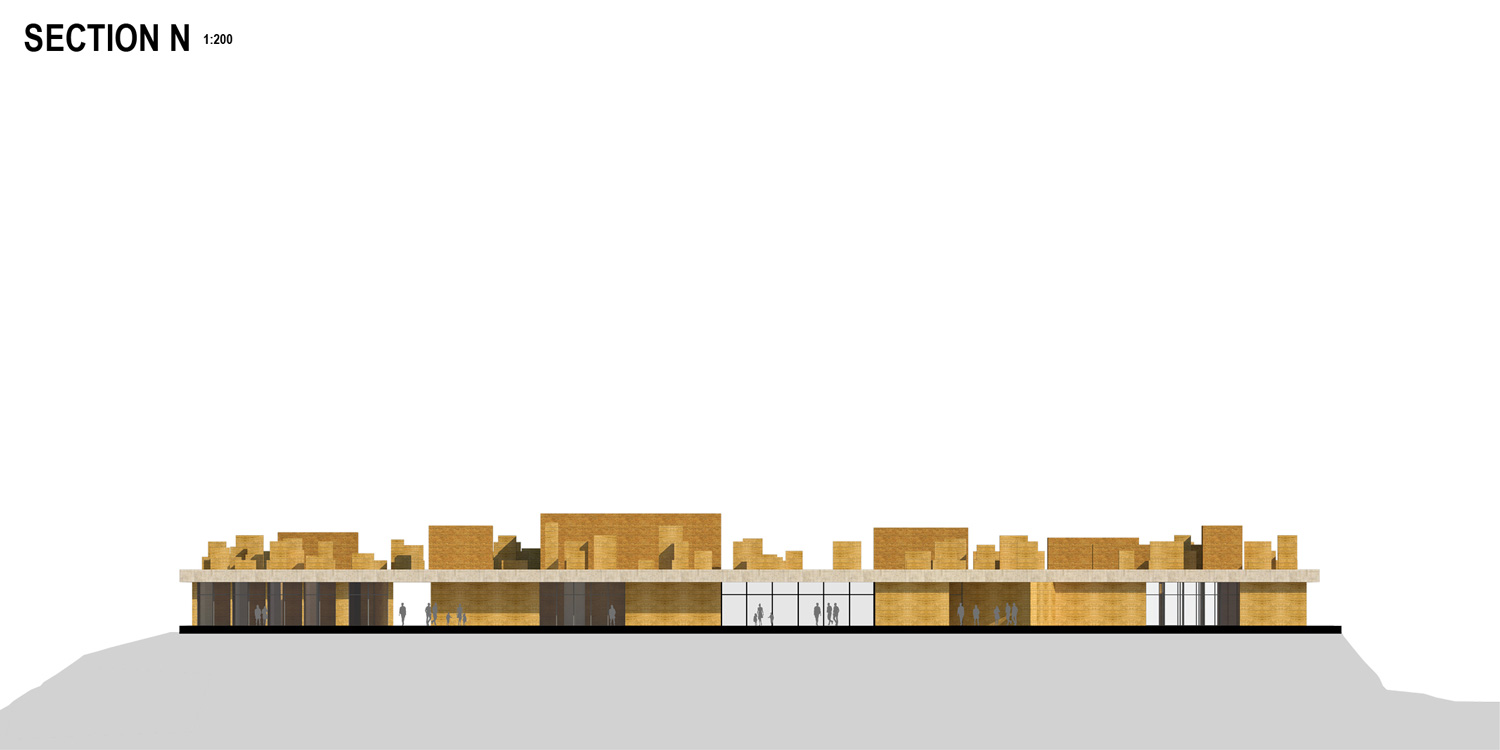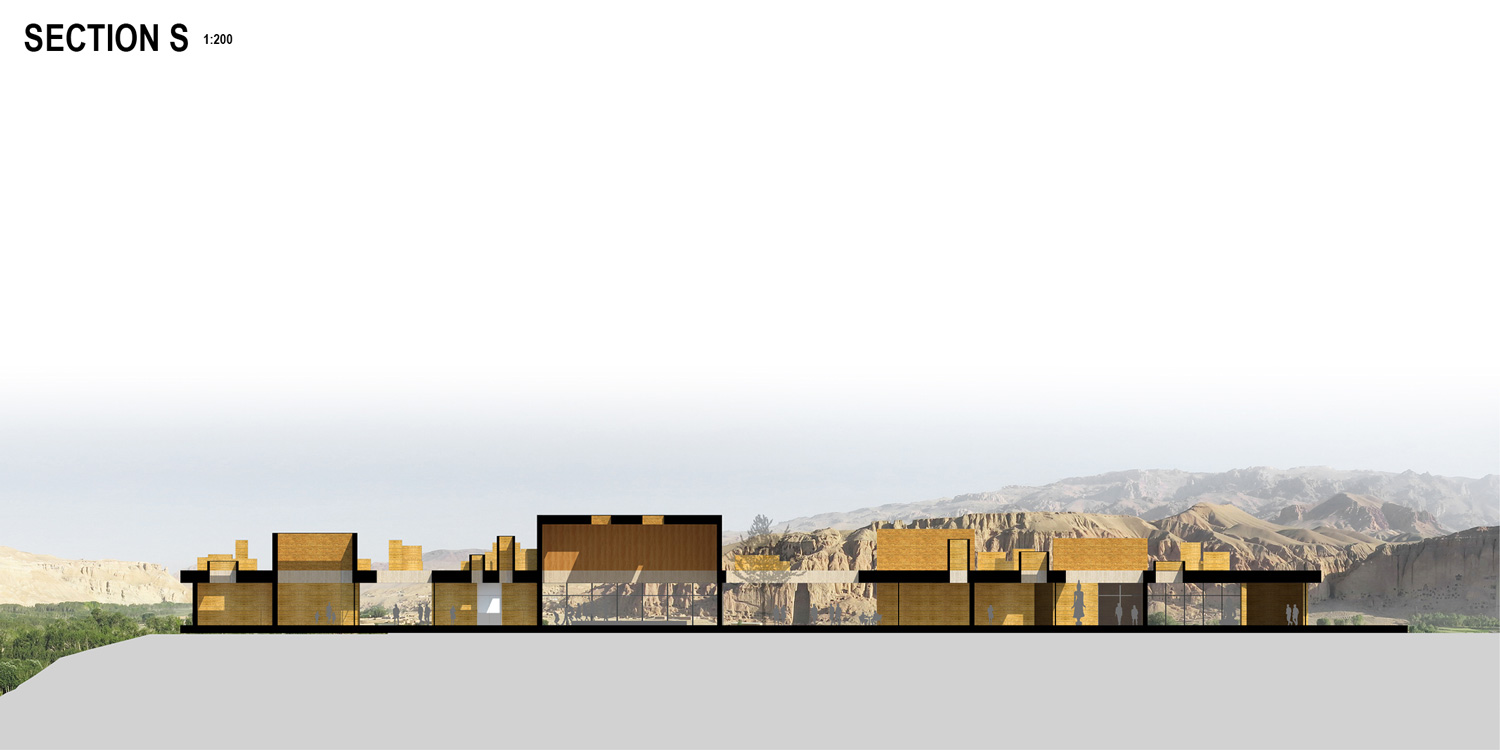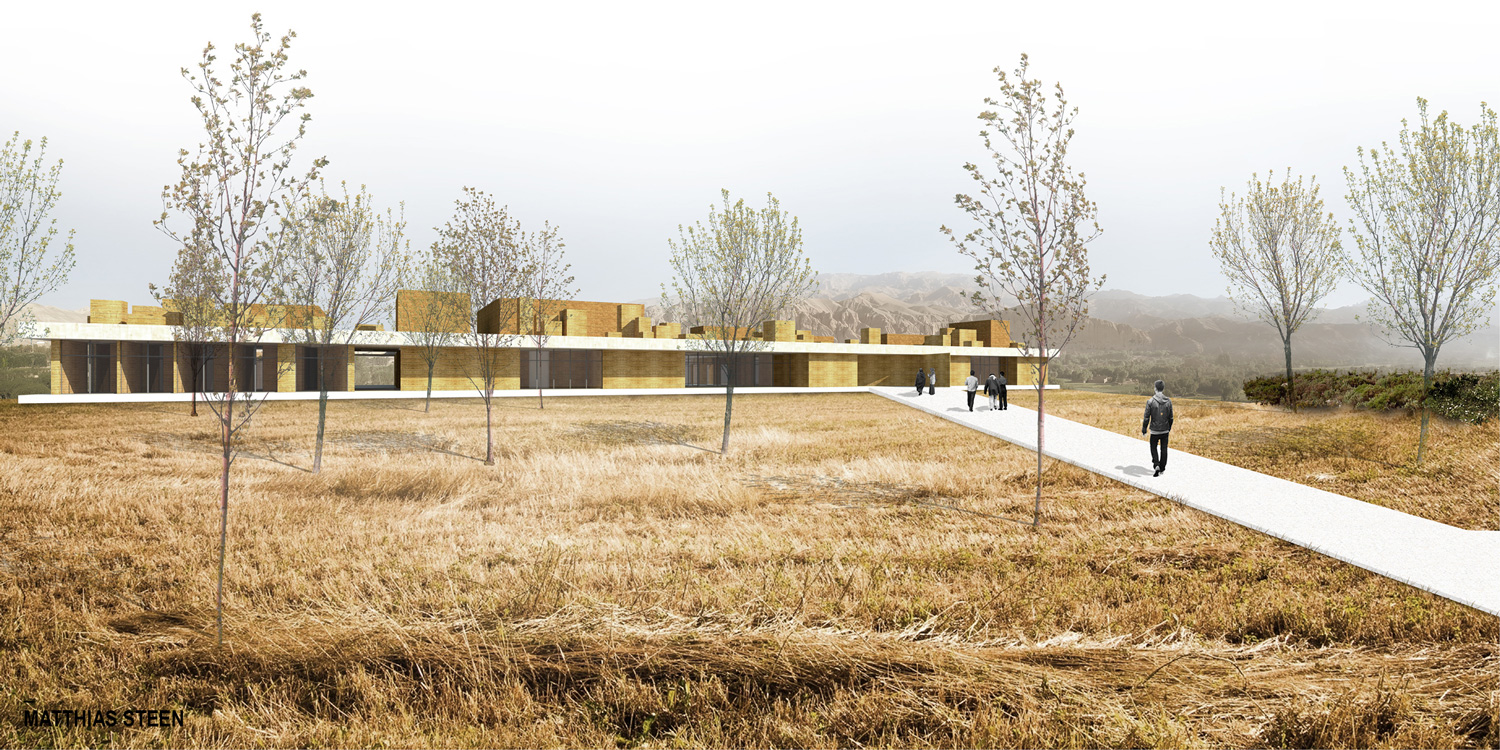1126-MST-BIM.AF-2015
Clients: UNESCO, Ministry of Information and Culture of Afghanistan
Status: Competition (2015)
Location: Bamyan, Afghanistan
Climate: Desert / arid, Hot
Materials: Concrete, Stone
Environment: Desert
Visualizer: Studio
Scale: 2.200 ㎡ Medium
Types: Cultural, Cultural center
The Bamiyan Cultural Centre is standing on the brink of a fascinating valley of ancient history, on the crossroads of east and west, of cultural and religious interaction. The breath-taking scenery of both natural and cultural making provides the opportunity for an exceptional communal place. The Cultural Centre will be a space for exhibitions and training, research and education, and will therefore have the ability to serve as a platform for local interplay and exchange, as well as international communication. It connects the positive links between past and present.
Set on top of a mountain ridge, the Cultural Centre has a powerful interaction with the Bamiyan valley, mountains and caves. As seen from the Buddha Cliffs, the building appears as a sharp horizontal line, formed by the roof, topped with a set of towers in a variety of sizes, giving the Centre a mountainous feeling. The building itself is a continuum of inside and outside spaces, formed by a simple yet strategic configuration of earth walls. Providing this Cultural Centre is of crucial importance for local and international cultural life, with the unique Unesco World Heritage Site of the Bamiyan Valley as background.
Conceptual vision on Bamiyan
Valley: because of its position in the Valley, Bamiyan grew out to be an exceptional place of ancient history, known today for its exchange of trade, culture and religion. This notion of the valley as a provider of culture can be seen in the main pathways used in the Cultural Centre. These pathways cut through the monolith volumes of the building as a valley through the mountains, or as a cave corridor through stone. The corridor provides entrance, passage and oriented views on the Buddhas.
Cave: the caves, used throughout centuries as monastic, domestic or defensive retreats, are cut into the steep mountain walls. From the outside they appear in numerous varieties of sizes and shapes and are randomly spread over the flanks. Looking out from the inside, the caves are looking glassing onto the valley. The same idea is used for the pronounced roof covering the Cultural Centre: a vast slab of concrete provides cover as a roof, and where needed skylights cut through, providing light and air to the inside, and showing views on Bamiyan’s many nightly stars.
Mountains: inspired by the many mountain tops, as well as the towers of Bamiyan’s traditional homes, the roof of the Cultural Centre is topped with many tower-like structures. These extensions of the skylights give the building its typical appearance, marking a highlight on the Valley’s skyline. From the inside these structures can fracture the incoming light, providing a balanced and enjoyable atmosphere.
Stars: living in Bamiyan is living with the elements. Hot summers, when shade is needed revolve around covered outdoor spaces. Cold winters ask for harbourage from the snow. The Cultural Centre is built around several patios and sheltered spaces that run from inside to outside, making several configurations possible. The many roof lights bring sunlight into the building and at night the Cultural Centre lays under a sky of Arabian stars.
